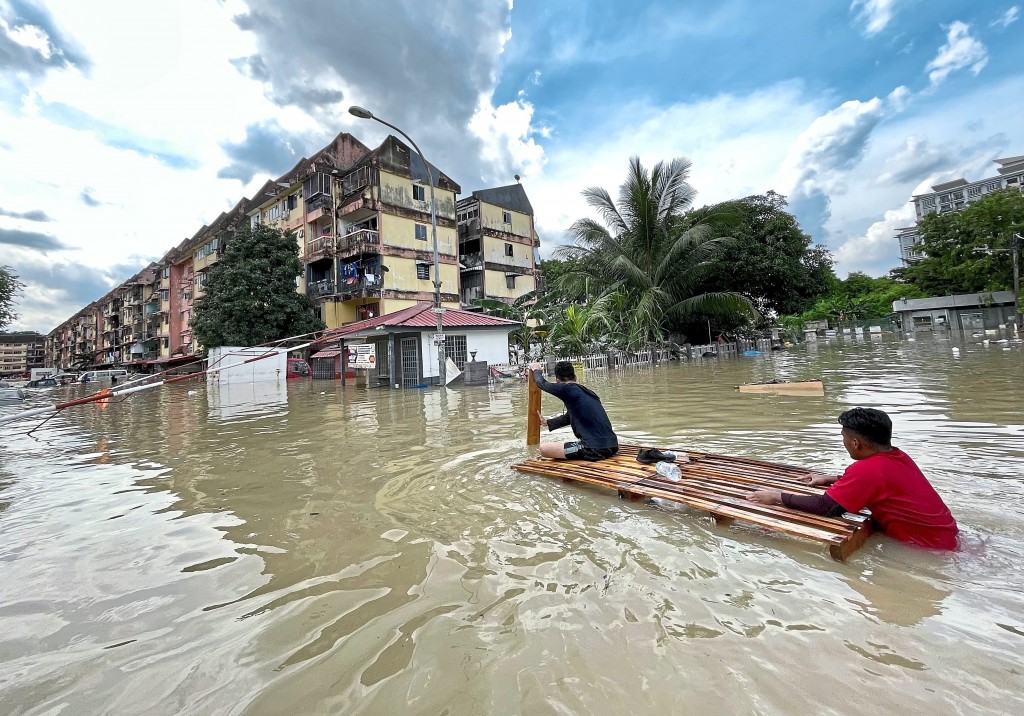Safeguarding homes in the face of rising waters
By Sharika Tasnim
In recent years, Malaysia has experienced a significant surge in its population, presenting both opportunities and challenges for the nation. According to the Malaysian Department of Statistics (DoSM), the estimated total population of Malaysia in 2023 is 33.4 million, compared to 32.7 million in 2022.
This rapid population growth has not only fueled an increase in property ownership and urban development but has also heightened the demand for accommodation. In response to this population boom, Malaysia is undergoing a noteworthy transformation in areas that were once plagued by floods. What was previously considered challenging for habitation is now undergoing a metamorphosis, evolving into viable locations for human settlement. The escalating demand for housing has driven urban development into regions historically prone to flooding.
This dynamic landscape presents a significant challenge for Malaysia as it grapples with finding a balance between the urgent need for accommodation and the necessity to address flood challenges. Striking the right equilibrium is crucial to ensure that Malaysia’s development remains resilient amid shifting demographics and environmental considerations.
The December 2022 and January 2023 floods claimed about 50 lives and at least 400,000 people had to be evacuated and financial losses were estimated at RM6.1 bil. When considering how to plan properties to be flood-resilient, a critical evaluation of the placement of living rooms, kitchens, and bedrooms is necessary. These spaces are the most utilised, but one of the challenges is that they are typically located on the ground floor. As flood risks increase, reducing exposure by reconsidering space usage will become more common.
According to architect Azman Zainal Md Nor, it is crucial to prioritise and plan for key spaces in the house, such as the kitchen, storage space, and areas that provide a sense of security for the family. He challenges conventional norms, urging designers to reconsider the location of these essential spaces.
“When there is a flood, what are the most important spaces? The kitchen and a place to sleep. Does that mean we have to review the location of the kitchen or consider having a second kitchen or storage space? Where do we get fresh and clean water during floods?
“We have to provide storage space. Moreover, should we raise the kitchen to the first floor because that is the most crucial part of the house, and food is kept there? We could also reverse the current situation where the family area is on the first floor, and the guest area is on the ground floor. During a flooding crisis, what kind of space will give a feeling of safety?
“We should have a family area where we can see everybody and everybody can sit together, feeling secure. The first level can be waterproof; the concrete wall is waterproof, and we do not have to opt for specialised materials that need to be imported,” he said.
While water may enter a property through various channels, a complete site survey should be conducted on existing buildings to determine their present condition. Floodwater can find its way into a property through various channels, including exterior walls, party walls, cracked mortar, render and micro-cracks in brickwork. Potential entry points like extensions, garages, and basements demand special attention during site surveys.
Another vulnerable entry point stems from drainage systems that, when overflowed, can lead to floodwaters entering properties through plumbing connections linked to toilets, bathtubs, and washing machines. To counter this, installing non-return valves in drainage systems becomes a prudent move, preventing the backflow of water and offering a strong defense against flooding.
Yet, doors and windows pose another potential gateway for floodwaters. To mitigate this risk, homeowners can opt for flood doors and deploy temporary flood barriers, providing an added layer of protection. Ensuring the effectiveness of seals becomes crucial, prompting the use of in-situ wet testing to evaluate and guarantee proper installation.
Residents should also scrutinise potential water entry points where utilities are connected or piped into residential buildings. A proactive approach involves regular assessments, especially for new installations that might lack a thorough analysis. Applying waterproof sealing, utilising waterproof sealants, elevating vents and service entrance points above flood level, and covering vents are advised measures to fortify homes against potential floodwaters.
Universiti Kebangsaan Malaysia academician and architect Mastor Surat emphasises the need to incorporate flood-resilient design strategies. Dr. Mastor advocates embracing concepts such as building on stilts, acknowledging the resistance to these ideas but emphasising their necessity. He notes that convincing the community and authorities of these design principles is vital, stating, “We need to design the best architecture for our people to minimise flooding damages.”
Flood resilience, emeritus professor Datuk Mansor Ibrahim explains, is not a solo act but a harmonious collaboration among professionals dedicated to planning and design. Civil engineers, planners, architects, landscape architects, and developers are all integral players in this collective effort to reinforce urban landscapes against the growing threat of floods in Malaysia.
Source: StarProperty.my

















POST YOUR COMMENTS